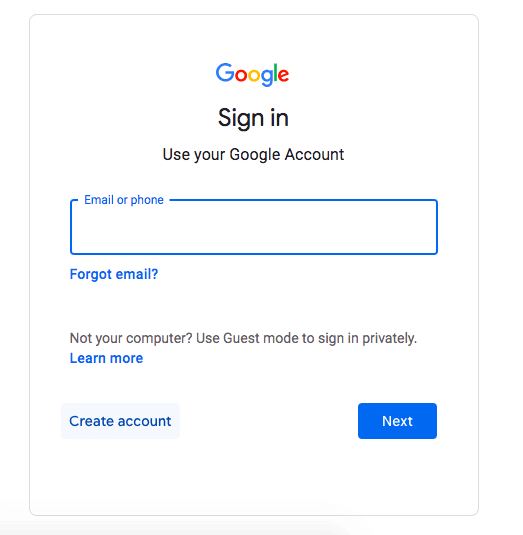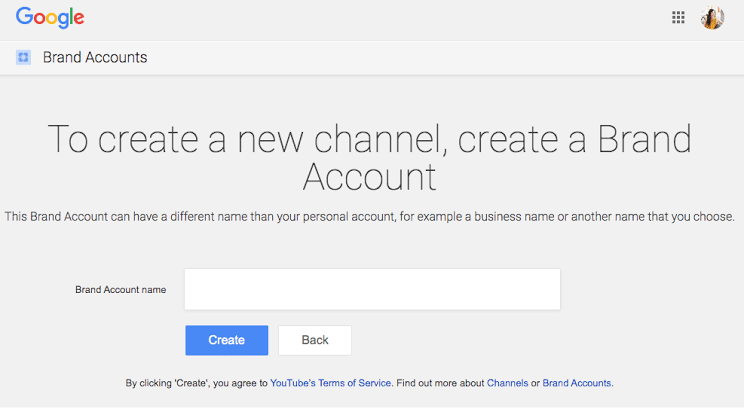YouTube has revolutionized the way we consume video content, providing a platform for creators to share their passions, entertain, educate, and connect with audiences worldwide. If you’re ready to dive into the world of YouTube and start your own channel, follow these step-by-step instructions to get started:
1. Sign in to YouTube:
If you already have a Google account, you can use it to sign in to YouTube. If not, create a Google account, and then sign in to YouTube using your credentials.

2. Click on Your Profile Picture:
Once signed in, click on your profile picture icon in the top right corner of the YouTube homepage. From the dropdown menu, select “Your Channel.”

3. Create Your Channel:
On the “Your Channel” page, click on the “Create Channel” button. You’ll be prompted to choose between using your name or a custom name for your channel. Select your preference and click “Create.”

4. Customize Your Channel:

After creating your channel, you can customize it to reflect your brand and personality:
– Channel Art: Upload a visually appealing banner that represents your channel’s theme or niche.
– Profile Picture: Choose a clear and recognizable profile picture, such as a logo or a high-quality photo of yourself.
– Channel Description: Write a brief description of your channel, including what type of content viewers can expect to find.
Now that your channel is set up, it’s time to upload your first video. Click on the camera icon with a plus sign (+) located at the top of the screen, then select “Upload Video.” Choose the video file from your computer or mobile device, add a title, description, and tags, and then click “Publish.”
6. Optimize Your Videos for Discovery:
To increase the visibility of your videos on YouTube, optimize them for search:
– Title: Use descriptive and engaging titles that include relevant keywords.
– Description: Write detailed descriptions that provide context for your video and include relevant keywords.
– Tags: Add tags that are relevant to your video’s content to improve searchability.
– Thumbnail: Choose eye-catching thumbnails that accurately represent your video and entice viewers to click.
7. Promote Your Channel:
Share your videos across your social media channels, website, and other digital platforms to attract viewers to your channel. Encourage friends, family, and colleagues to subscribe and share your content with their networks.
8. Engage with Your Audience:
Foster a sense of community on your channel by responding to comments, asking for feedback, and encouraging viewers to like, share, and subscribe. Host live Q&A sessions, polls, or contests to interact with your audience in real-time.
9. Upload Consistently:
Consistency is key to growing your YouTube channel. Develop a regular upload schedule and stick to it to keep your audience engaged and coming back for more content.
10. Monitor Your Analytics:
Keep track of your channel’s performance using YouTube Analytics. Analyze metrics such as watch time, audience demographics, and traffic sources to understand what content resonates with your audience and optimize your strategy accordingly.
By following these steps, you can create a successful YouTube channel and start sharing your content with the world. Remember to stay true to your unique voice and passions, and don’t be afraid to experiment with different types of content to find what works best for you and your audience.

